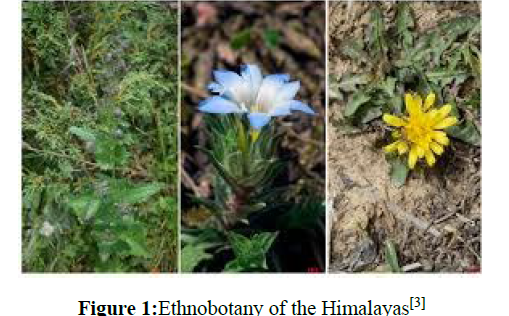Ethnobotanical Survey and Conservation Status of Rare Medicinal Shrubs in Sub-Himalayan Foothills
Keywords:
- Ethnobotany, Medicinal Shrubs, Sub-Himalayan Region, Health Conditions, Overharvesting, Habitat Loss, Climate Change, Biodiversity Conservation, Local Livelihoods, Cultural Heritage
Abstract
The sub-Himalayan foothills is a repository of information of ethnobotanical material and the scarcely available medicinal shrub such as Justicia Adhatoda, Rhododendron arboreum and Berberis asiatica which have been traditionally used in treating various cases. In this review, the significance of these plants in terms of ethnomedicinal, traditional knowledge system and current conservation status has been documented in the context of growing threats such as overutilisation, habitat destruction and the changing climate. Field studies that have been carried out from regions such as Uttarakhand, Sikkim, and Himachal Pradesh reveal complex preparations and highly valued culture as regards to these plants. However, problems such as a low youth involvement, variability of the oral transmission, and the inefficiency of the species-specific conservation policies frustrate conservation. This review brings out the crucial need of multi tiered conservation efforts which include both in-situ and ex-situ methods, participation of the community and policy changes to sustainable utilization. Stressing on the economic significance of these shrubs in herbal and pharmaceutical industries, the research advocates an integrative approach that incorporates harmonization of biodiversity conservation and livelihoods at the local level and conservation of cultural heritage.






